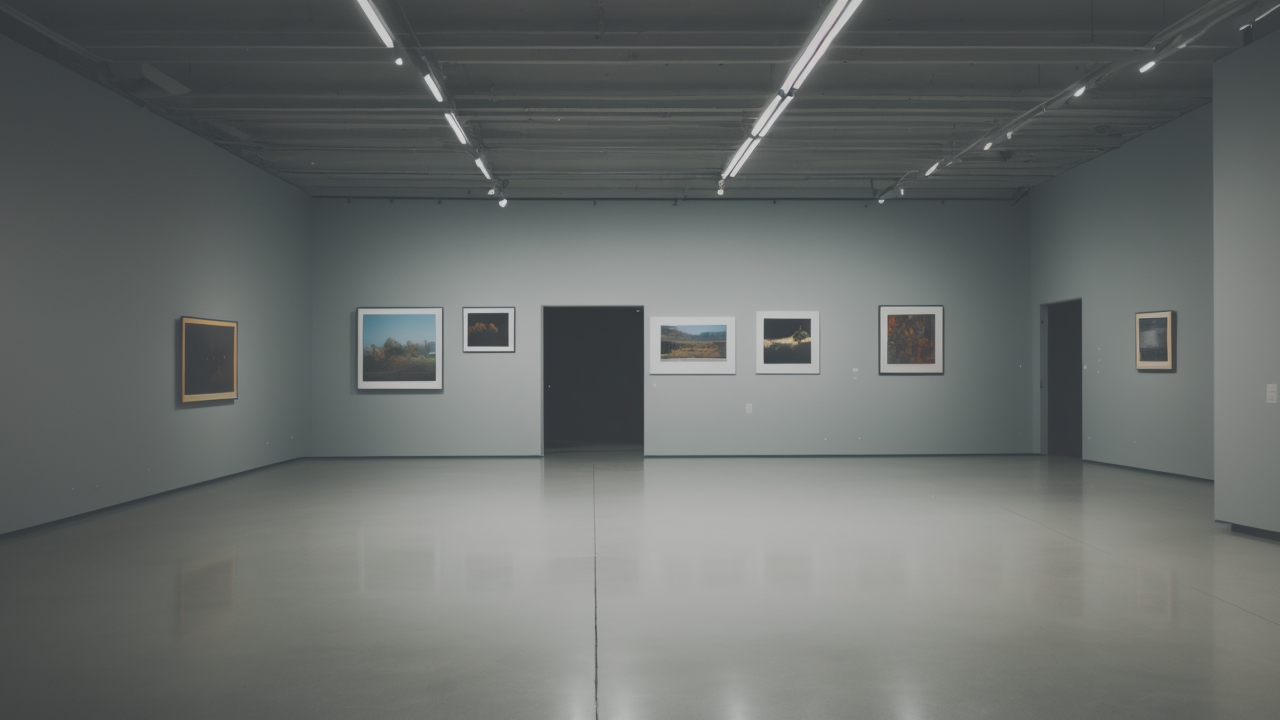
Exploring the World of Minimalist Sculpture Artists: A Comprehensive Guide
Introduction to Minimalism in Art
The Roots of Minimalism
Minimalism in art began in the 1960s. It came after Abstract Expressionism. Minimalist artists wanted to make art simpler. They used basic shapes and colors. The goal was to show only what was needed. No extra details. No emotions. Just pure form. Early minimalist artists included Donald Judd and Frank Stella. They used industrial materials. They made art that looked machine-made. This was new and different. Minimalism was influenced by earlier art movements. These included De Stijl and Constructivism. It was part of a bigger change in society. People wanted simpler designs in many areas. This affected architecture and product design too. Minimalism was about reducing art to its essence.

Why Minimalism Appeals to Artists and Collectors
Minimalism attracts many artists. It's a challenge to say a lot with a little. Artists must think carefully about every choice. They can't hide behind details. Collectors like minimalist art for different reasons. It's calm and orderly. This appeals in a busy world. Minimalist art fits well in modern spaces. It often has a timeless quality. This makes it a good investment. The simplicity of minimalist art can be powerful. It can make people think deeply. It can stir strong feelings. Minimalist works can change how a space feels. They have a strong presence. The style speaks to people from all cultures. It uses a universal language of shape and color.
Core Techniques of Minimalist Artists
Line and Color Restriction
Minimalist artists often use few lines and colors. They might work only in black and white. Or they might choose just two or three colors. This limit makes every choice important. Artists must think about each line they draw. Every color must have a purpose. Many minimalist drawings use straight lines. Some use simple geometric shapes. Circles, squares, and triangles are common. Some artists create patterns that repeat. Others focus on one big, bold shape. Color fields are another technique. These are large areas of flat color. The space around shapes is just as important as the shapes. Artists must balance everything carefully. They want the viewer's eye to move in certain ways. The result can be striking and memorable.

The Role of Geometry and Symmetry
Geometry is key in minimalist art. Artists use basic shapes to create order. Many works are very symmetrical. This brings a sense of balance. Some artists play with asymmetry instead. This can create tension or interest. Sacred geometry sometimes inspires minimalist artists. They might use special ratios in their designs. The golden ratio is one example. Repeating shapes can create patterns. These patterns guide the viewer's eye. Geometry helps artists explore ideas of perfection. It can show the beauty of math in visual form. The use of geometry makes minimalist art feel structured. It gives a sense of clarity and purpose to the work. Viewers often find this appealing.
Narrative and Personal Expression in Minimalism
Minimalist art can tell stories too. Artists use small changes to express big ideas. A tiny shift in color can change the whole meaning. Some artists add personal symbols to their work. These add depth without cluttering the art. Titles are often important in minimalist art. They can hint at what the artist meant. The empty space in the art matters a lot. What's left out can say as much as what's put in. Viewers must use their imagination. They fill in the gaps with their own ideas. This creates a personal connection to the art. Each viewer might see something different. Minimalist art invites people to think deeply. It shows that simple things can have complex meanings.
The Impact of Minimalism on the US Art Scene
Minimalism's Influence on Contemporary American Art
Minimalism has changed American art forever. Its ideas still inspire artists today. Many mix minimalist style with other approaches. Digital artists often use minimalist design. It works well on screens and in apps. Minimalism has affected installation art too. Artists create simple but powerful spaces. The focus on materials has led to new sculpture ideas. Artists experiment with different substances. Minimalism changed how we think about art experiences. It led to more interactive artworks. The style has influenced photography and video art. Artists use simple compositions to make strong statements. We see minimalism's impact in modern buildings and products. Its clean look is everywhere in today's design world.

How Minimalism Artists Are Shaping the Future of Art Galleries
Minimalist art is changing how galleries work. These artworks need lots of space. Galleries are becoming bigger and simpler. Some artists create works just for specific spaces. They want the art to fit perfectly in the gallery. Gallery owners arrange art differently now. They give each piece more room. Galleries are finding new ways to show simple art. Some use technology to make the experience more engaging. Online galleries are becoming popular. They can show minimalist art in perfect settings. Gallery websites and catalogs look different too. They use clean, simple designs. This matches the art they show. Minimalism is affecting every part of the gallery world.
Minimalism's Role in Art Education and Studio Practice
Art schools now teach about minimalism. Students learn to simplify their ideas. They practice making art with limits. This helps them think creatively. It teaches them to make every choice count. Artists use minimalist ideas in their daily work. They might sketch with just a few lines. This helps them focus on what's most important. Color studies with few colors improve their skills. Minimalism encourages artists to try new things. They might use unusual materials. Or they might create art in new ways. The discipline of minimalism helps all artists. It can make their work clearer and stronger. Even artists who don't make minimalist art learn from its ideas.


